Methods of Assessing Child and Young People Development: Education
VerifiedAdded on 2020/04/21
|5
|752
|354
Essay
AI Summary
This essay examines various methods used to monitor and assess the development of children and young people. It emphasizes the importance of these assessments for practitioners and professionals in identifying developmental progress. The essay details several techniques, including assessment frameworks, observations, information from parents and colleagues, cognitive aptitude assessments, reasoning assessments, growth/health assessments, and measuring standards. Each method is described, highlighting its purpose and application in evaluating children's abilities, behaviors, and overall development. The essay concludes by acknowledging the potential for individual variations and the importance of consulting with psychologists and specialists before drawing conclusions. This resource is available on Desklib, a platform offering AI-based study tools and past assignments.
1 out of 5
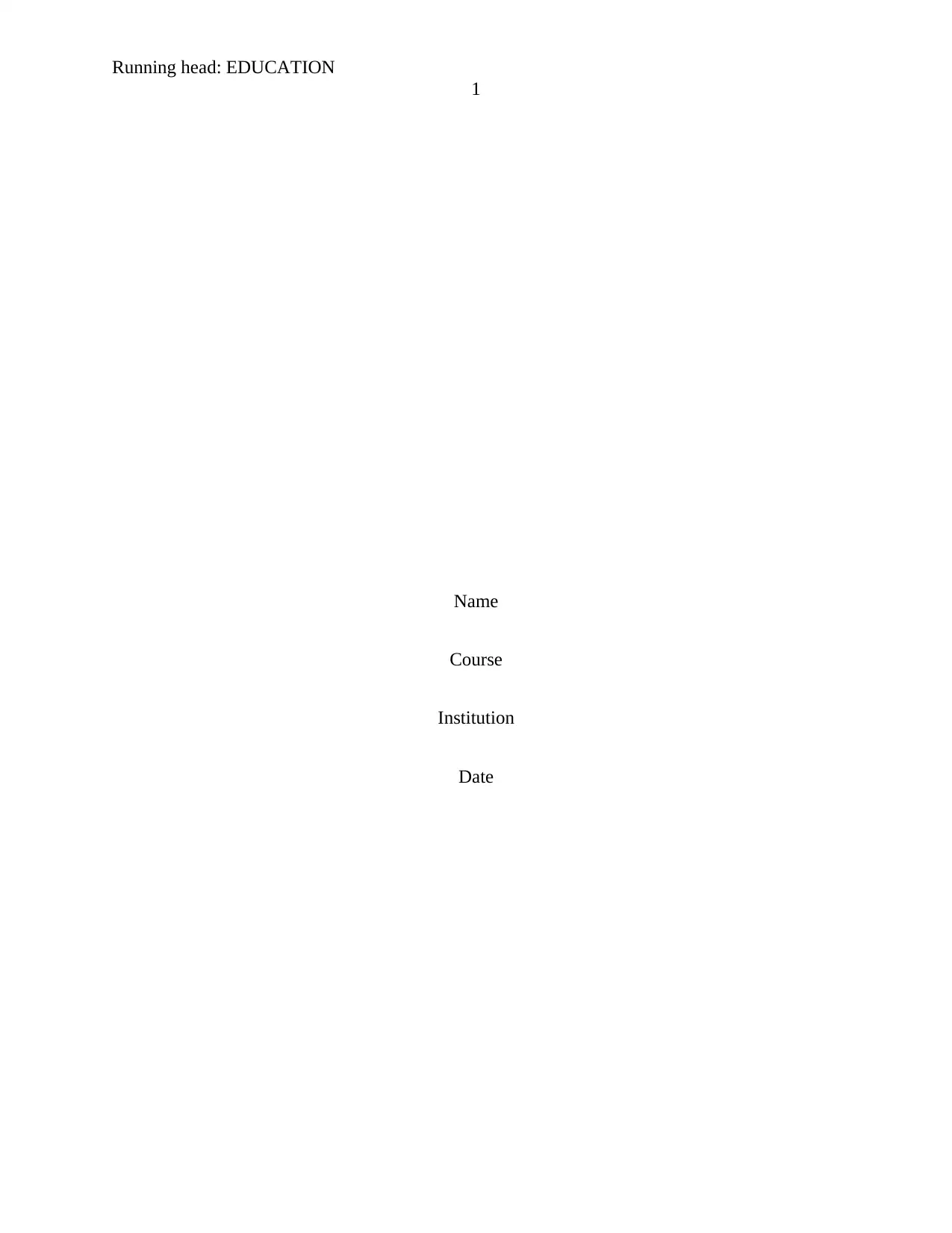
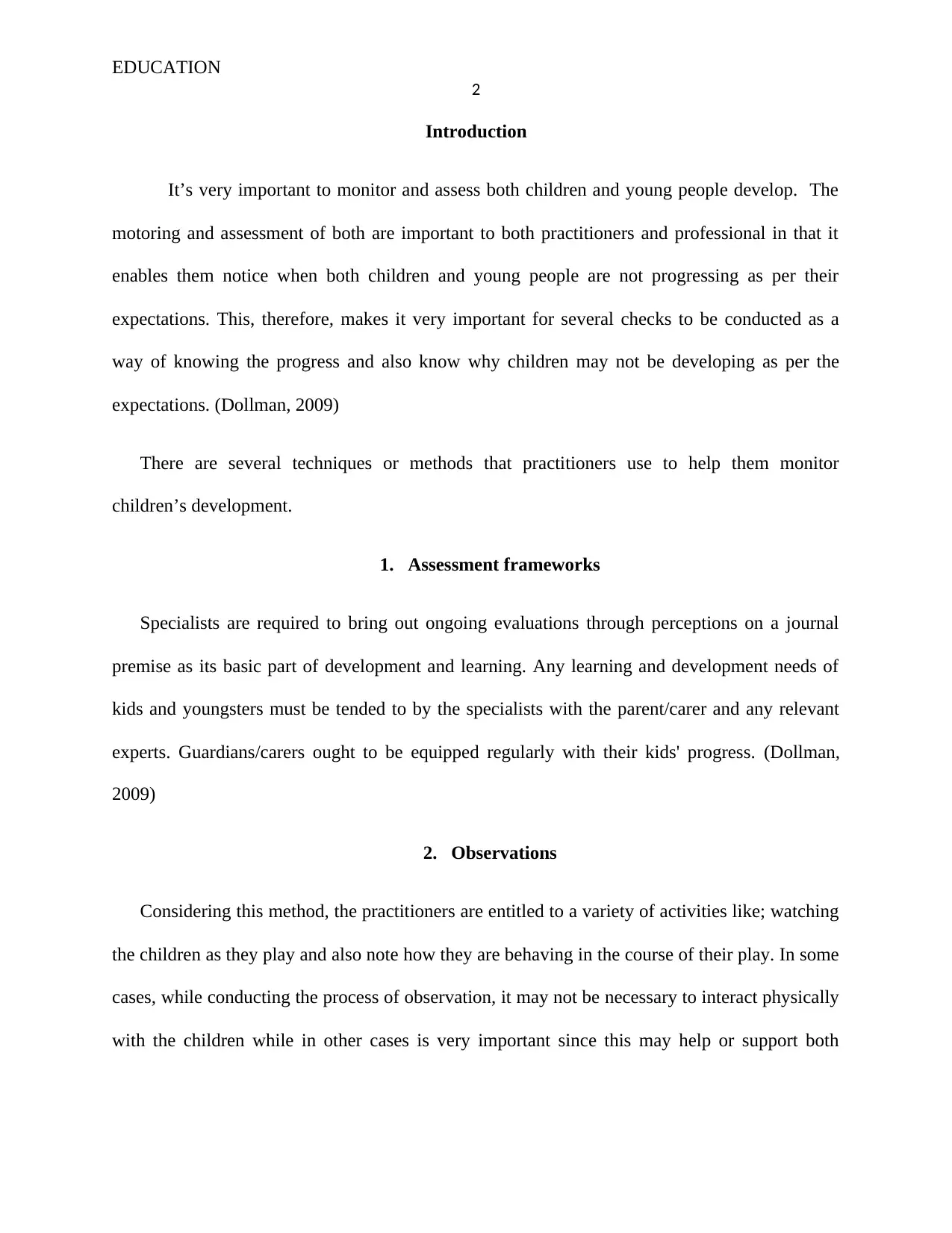
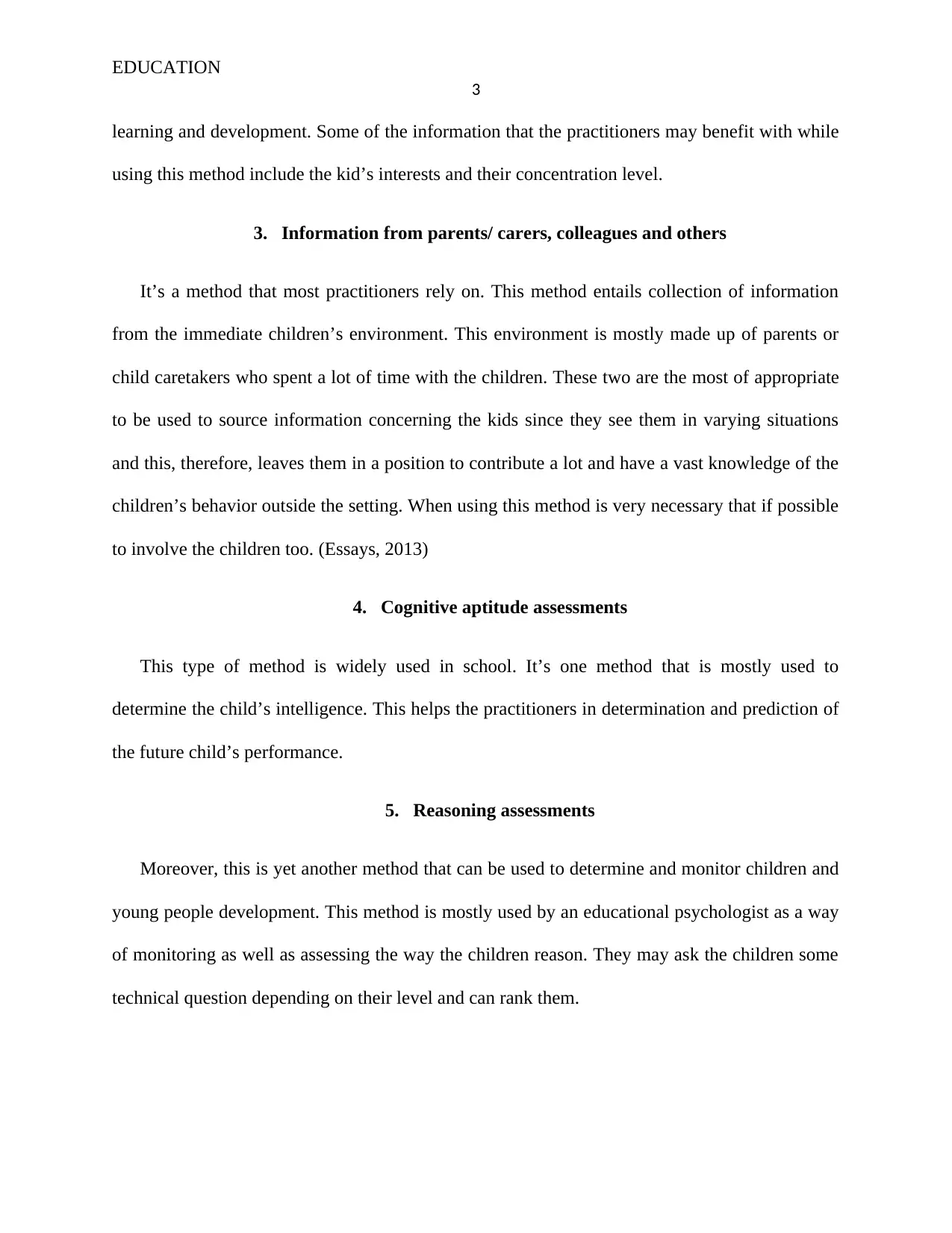

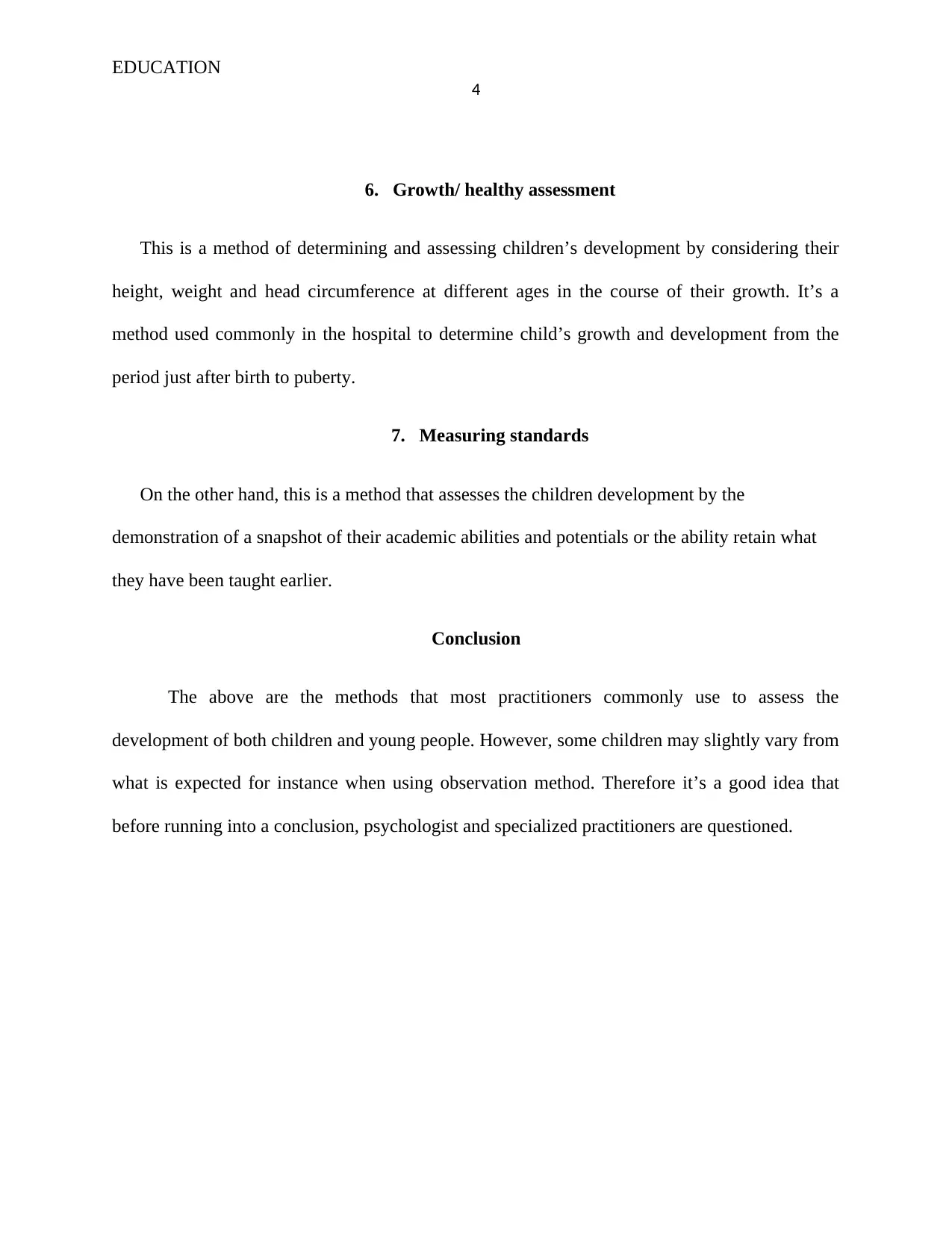
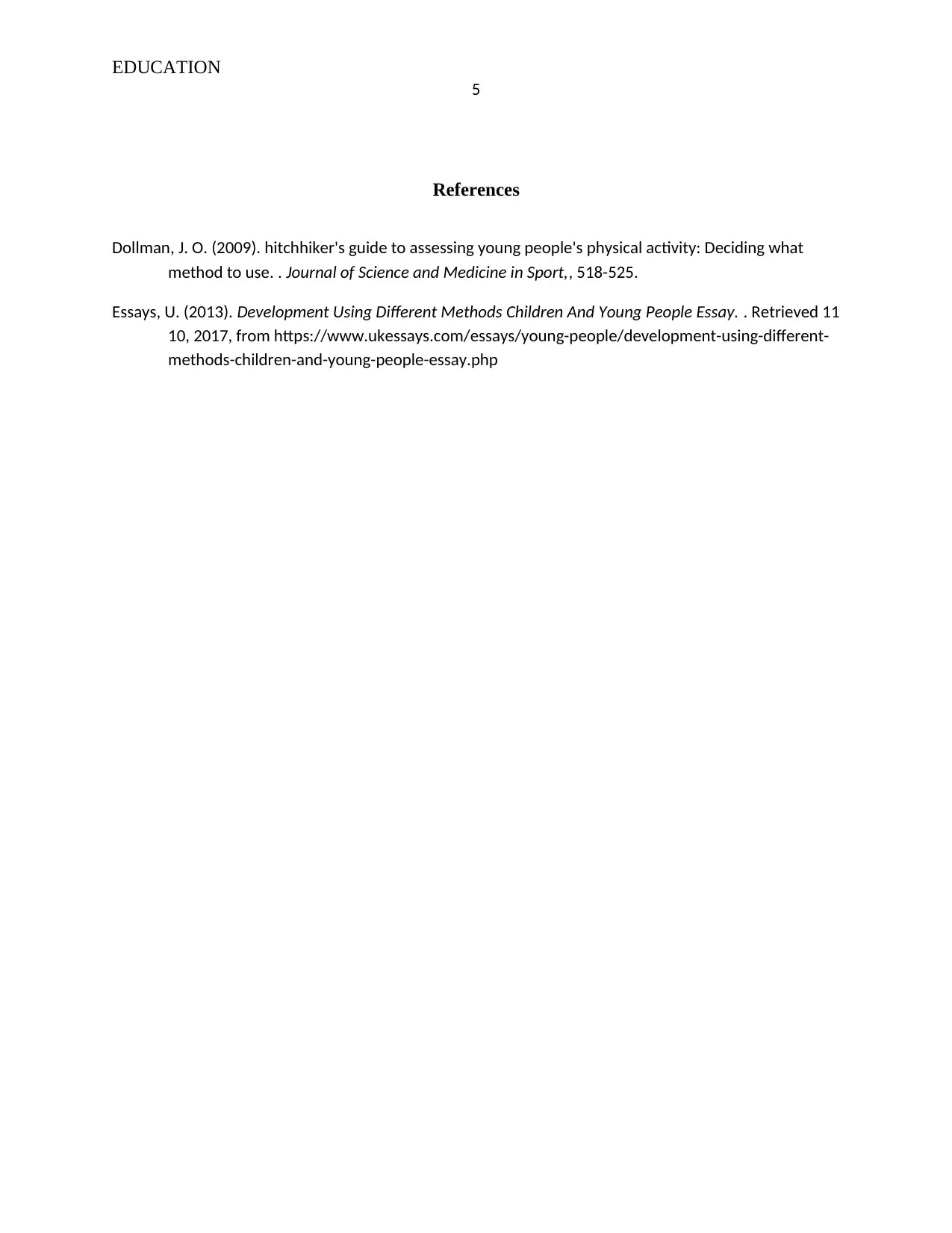






![[object Object]](/_next/static/media/star-bottom.7253800d.svg)